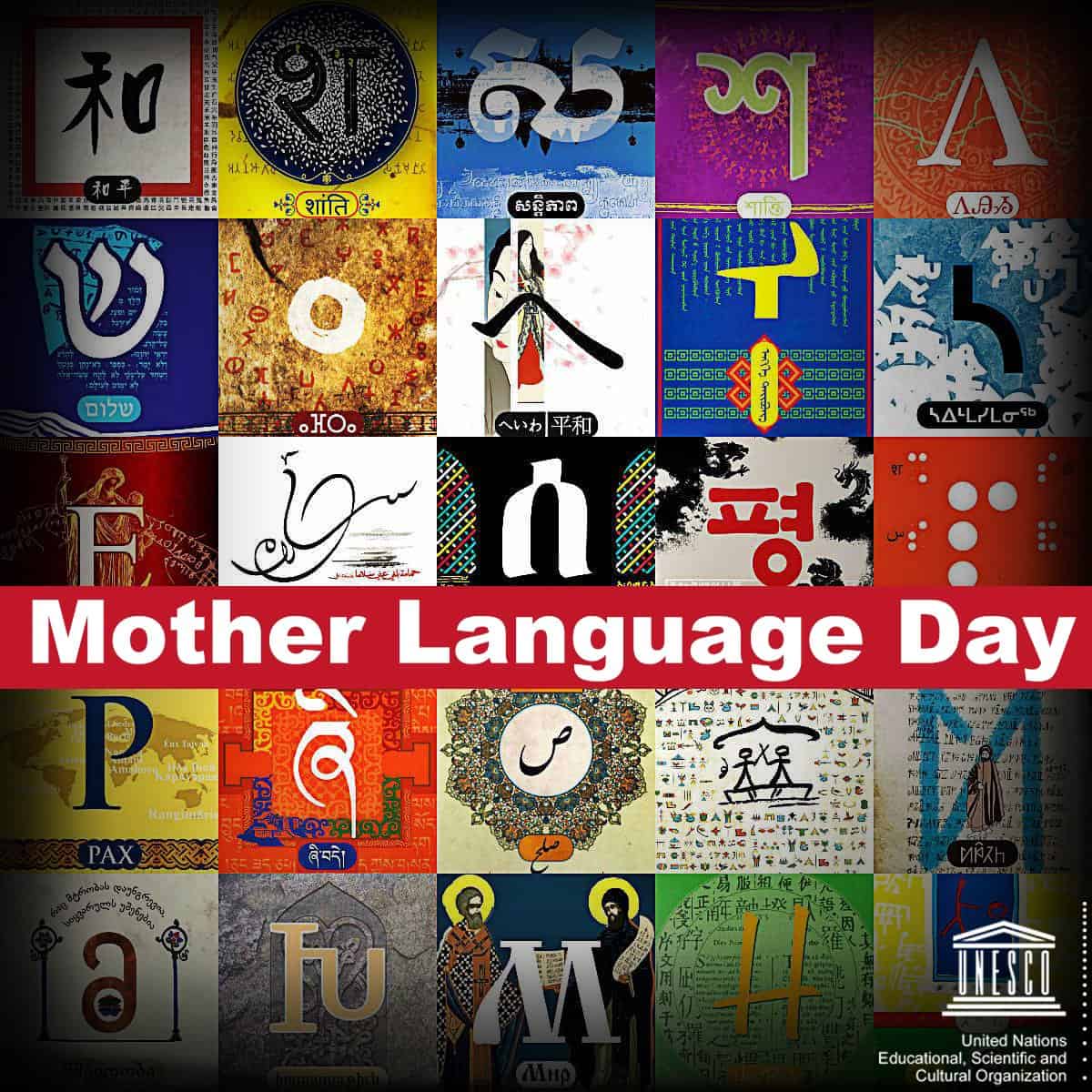 Instead of further denigrating the education profession by suggesting that teachers double up as armed bodyguards in the wake of the latest school shooting, we need to be taking radical steps to improve their conditions, pay, and status to ensure not only that the next generation has enough teachers but that those teachers have enough expertise to cope with the extraordinary educational challenges expected within the next few decades.
Instead of further denigrating the education profession by suggesting that teachers double up as armed bodyguards in the wake of the latest school shooting, we need to be taking radical steps to improve their conditions, pay, and status to ensure not only that the next generation has enough teachers but that those teachers have enough expertise to cope with the extraordinary educational challenges expected within the next few decades.
Across the nation and overseas (the UK saw a 7% drop in candidates accepted on teacher training programs last year), the shortage of teachers is becoming a crisis. Despite a healthy economy and new recruitment efforts, here in California, the teacher shortage is becoming more severe in many communities, according to a recent report from the Learning Policy Institute (learningpolicyinstitute.org).
Over the past two years, California has spent nearly $70 million on a range of initiatives to tackle the shortage, including a program that underwrites the cost of a teacher-preparation program for classroom aides and other paraprofessionals already working in a district.
This program is designed to encourage the earning of a teaching credential, but it will take three to five years before these efforts have any real impact. Some of the state’s strategies include expanding blended teacher-preparation programs, which allow undergraduates to get their teaching credentials in four years, rather than the more typical pathway that takes five or six years.
Los Angeles Unified, the nation’s second-largest school district, has reported that 40% of its new recruits were not fully certified. Disproportionately affected by the shortage are schools serving students from low-income families and students from diverse racial and ethnic backgrounds, according to the report. Teachers on “emergency-style” credentials are three times as likely to teach in California’s high-minority schools and twice as likely to teach in high-poverty schools.
There are already shortages of all types of language teachers nationwide—in 2016, 32 states reported not having enough teachers for English learner students, while world language and bilingual educators are in desperately short supply in almost every state. For the third year in a row, more than 40 states plus the District of Columbia have reported a teacher shortage in world languages, an all-time high for the subject area since the Department of Education began collecting data over 25 years ago.
These shortages may be compounded by changes in the requirements of our educational systems. At last month’s World Economic Forum in Davos, Switzerland, Jack Ma, billionaire philanthropist and cofounder of Alibaba, China’s biggest website, called for fundamental educational reforms to take into account his prediction that in a few decades, robots will be carrying out many of today’s popular jobs. Ma believes that humans need to concentrate on creativity and the arts, like communication skills, to maintain their competitive edge over robots.
What can we do to reverse this trend? Obviously, we need to attract more, qualified candidates into teaching, so salaries and benefits must increase, especially in low-income schools. Clear career advancement opportunities that provide increased compensation, responsibility, and recognition need to be created.
We need to offer service scholarships and student loan forgiveness programs; develop teacher residencies; create multiple pathways into the profession; strengthen hiring practices to ensure decisions are made as early as possible with the best candidate pool; revise timelines for voluntary transfers or resignations, so that hiring processes can take place as early as possible; build training and hiring pipelines for new and veteran teachers, while monitoring and reducing teacher turnover and reducing unnecessary barriers to entry for mobile teachers; invest in high-quality induction programs; invest in the development of high-quality principals who work to include teachers in decision-making and foster positive school cultures; listen to teachers to assess the quality of the teaching and learning environment and to guide improvements; and incentivize professional development.
Technology offers many ways to help teachers but will not replace them. If our children are to be more productive than robots, they will need the direction of highly qualified, creative educators. We need to attract the most talented, forward-thinking, passionate candidates into public education so that kids being born today are empowered to take advantage of technological developments rather than compete against them.
Instead of criticizing our schools and demeaning public educators, we must strive to nurture a generation of teachers who will make the most of our diverse pool of students by teaching them to capitalize on their innate creativity.


 To build and maintain a teacher workforce that is representative and capable of serving an increasingly diverse student population, district leaders must pay as much attention to understanding and creating the right conditions to retain Latino teachers as they do to recruiting them. This starts with listening to, and learning from, Latino teachers, according to a report by the Education Trust, “Our Stories, Our Struggles, Our Strengths: Perspectives and Reflections from Latino Teachers.”
To build and maintain a teacher workforce that is representative and capable of serving an increasingly diverse student population, district leaders must pay as much attention to understanding and creating the right conditions to retain Latino teachers as they do to recruiting them. This starts with listening to, and learning from, Latino teachers, according to a report by the Education Trust, “Our Stories, Our Struggles, Our Strengths: Perspectives and Reflections from Latino Teachers.”
 A language previously unknown to linguists has been discovered by Swedish researchers. The language, Jedek, is spoken by only 280 people on the Malay peninsula. The language was discovered to be spoken in a town that was previously studied by anthropologists. The language first became known during a linguistic survey called Tongues of the Semang.
A language previously unknown to linguists has been discovered by Swedish researchers. The language, Jedek, is spoken by only 280 people on the Malay peninsula. The language was discovered to be spoken in a town that was previously studied by anthropologists. The language first became known during a linguistic survey called Tongues of the Semang. Last month, an episode of ABC’s primetime sitcom Fresh Off the Boat, called “Ride the Tiger,” broke ground by being about 50% spoken in Mandarin.
Last month, an episode of ABC’s primetime sitcom Fresh Off the Boat, called “Ride the Tiger,” broke ground by being about 50% spoken in Mandarin.

 Video-Based Learning App Supports English Language Learning Courses
Video-Based Learning App Supports English Language Learning Courses On
On 
 A new bill has been submitted in New Zealand to make English the official language. New Zealand First submitted the bill. The nationalist, populist political party recently formed a coalition with the Labor Party, which currently holds the Prime Minister seat with Jacinda Arden. The proposed bill, titled English an Official Language of New Zealand Bill, would give English the same legal status in New Zealand as te reo Māori and New Zealand Sign Language.
A new bill has been submitted in New Zealand to make English the official language. New Zealand First submitted the bill. The nationalist, populist political party recently formed a coalition with the Labor Party, which currently holds the Prime Minister seat with Jacinda Arden. The proposed bill, titled English an Official Language of New Zealand Bill, would give English the same legal status in New Zealand as te reo Māori and New Zealand Sign Language. Pupils with English as a second language (ESL), outperform pupils whose mother tongue is English in the UK General Certificate of Secondary Education (GCSE), data shows. Data released by the Department of Education shows that ESL students have a higher attainment score than native speakers by the time they are 16.
Pupils with English as a second language (ESL), outperform pupils whose mother tongue is English in the UK General Certificate of Secondary Education (GCSE), data shows. Data released by the Department of Education shows that ESL students have a higher attainment score than native speakers by the time they are 16.
 Shantell Thaxton Berrett explains why teachers need targeted professional development and resources to best serve students with language-based learning disabilities
Shantell Thaxton Berrett explains why teachers need targeted professional development and resources to best serve students with language-based learning disabilities